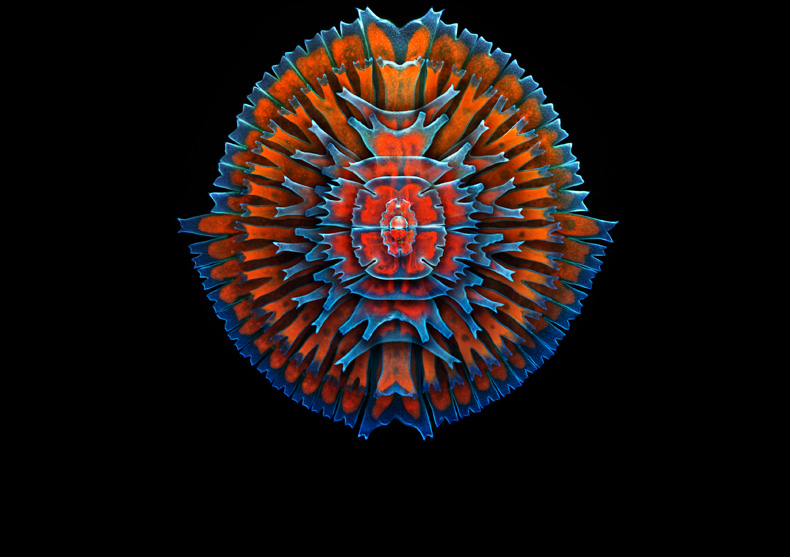@Roberta,
Wow, what are those, Roberta?
@snood,
I'm pretty sure they're bee eaters. Hope I'm right.
The palomino is bee-eu-tiful!
Red Eyed Tree Frog, National Geographic -

I've only seen one tree frog in my life; that was back in northern California. No red, but still a cutie. It was on a plant near our studio back door. Same place I saw my first and only banana slug.
Microbe (Do I know what kind? Of course not.):

Bacterial cells are actually the world's smallest 'eyeballs', scientists discover by accident
Ever feel like you're being watched?
PETER DOCKRILL 10 FEB 2016
In a surprise discovery, scientists have found that bacteria see the world in effectively the same way as humans, with bacterial cells acting as the equivalent of microscopic eyeballs.
British and German researchers made the finding by accident when studying aquatic cyanobacteria, which sometimes form a green film on rocks and pebbles. Scientists already knew the bacteria could perceive the position of a light source and move towards it – a phenomenon called phototaxis – but before now, no one understood how they did it.
"We noticed it accidentally, because we had cells on a surface and we were shining light from one side, in order to watch the movement towards the light," microbiologist Conrad Mullineaux from Queen Mary University of London told Jonathan Webb at BBC News. "We suddenly saw these focused bright spots [inside the cells] and we thought, 'bloody hell!' Immediately, it was pretty obvious what was going on."
What the researchers discovered when studying Synechocystis – a species of cyanobacteria found in freshwater lakes and rivers – is that their cell bodies act like a lens. When light hits the spherical surface of the cell, it refracts into a point on the other side of the cell. This triggers movement by the cell away from the focused internal spot, towards the source of the light, with the cells using tiny tentacle-like structures called pili to pull themselves forwards.
What's amazing is that scientists have been studying bacteria for centuries without realising this functional resemblance of the cell body to an eyeball or camera lens. What's more, when Mullineaux and his colleagues did happen to notice it, they did so by chance in an incredibly small organism, which measures just 3 micrometres (0.003 mm) in diameter.
Richmond Park's deer wake up to frosty conditions in south west London.

@vonny,
I know I'd like that park - we've done a bunch of photos from there of the deer and I've liked all of them.
@tsarstepan,
A robin in a snowy garden in Halland, Sweden.

@ossobuco,
Red panda, Darjeeling, India.

Beautiful!! The momma bird appearing to have multiple legs is fantastic!